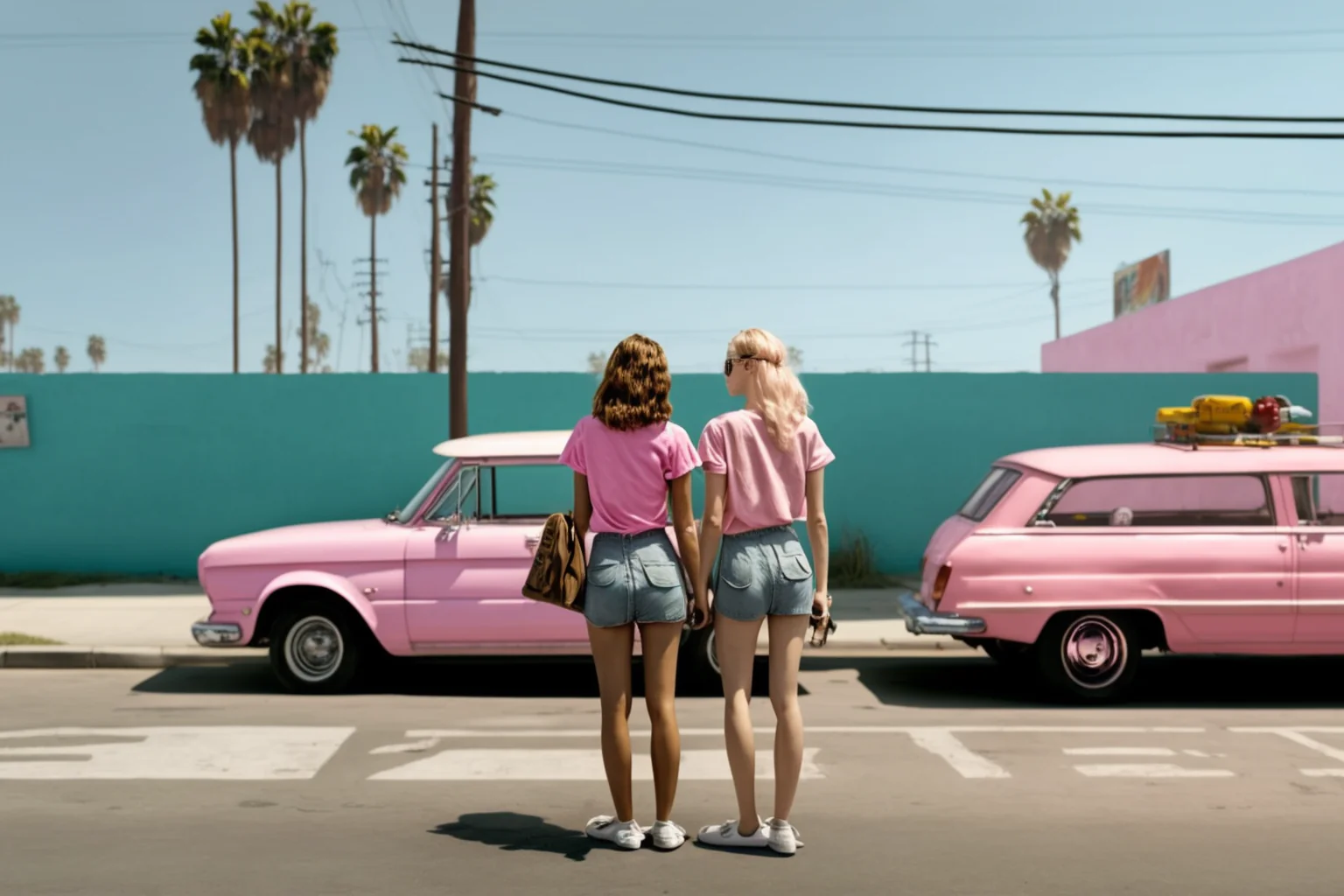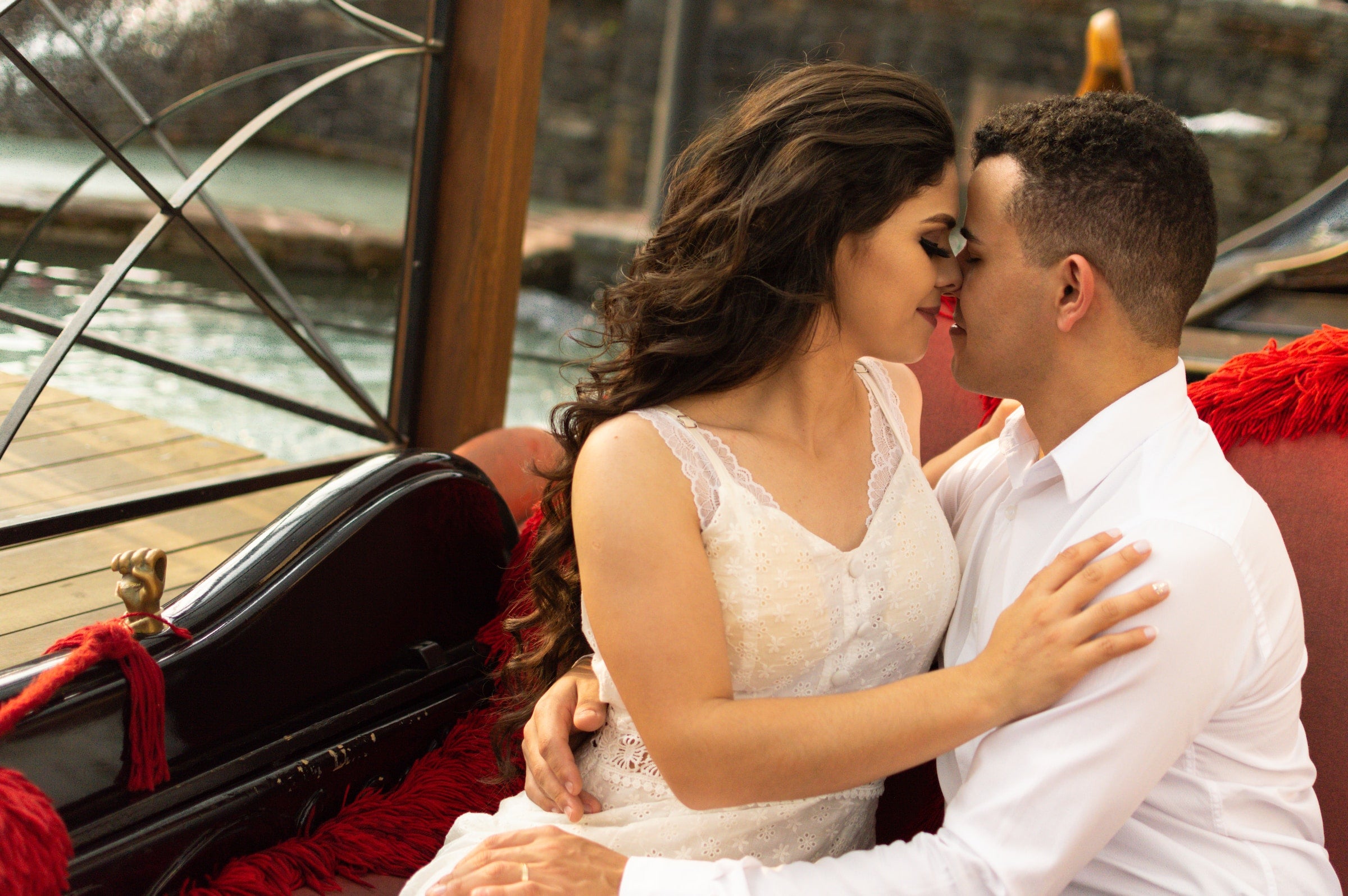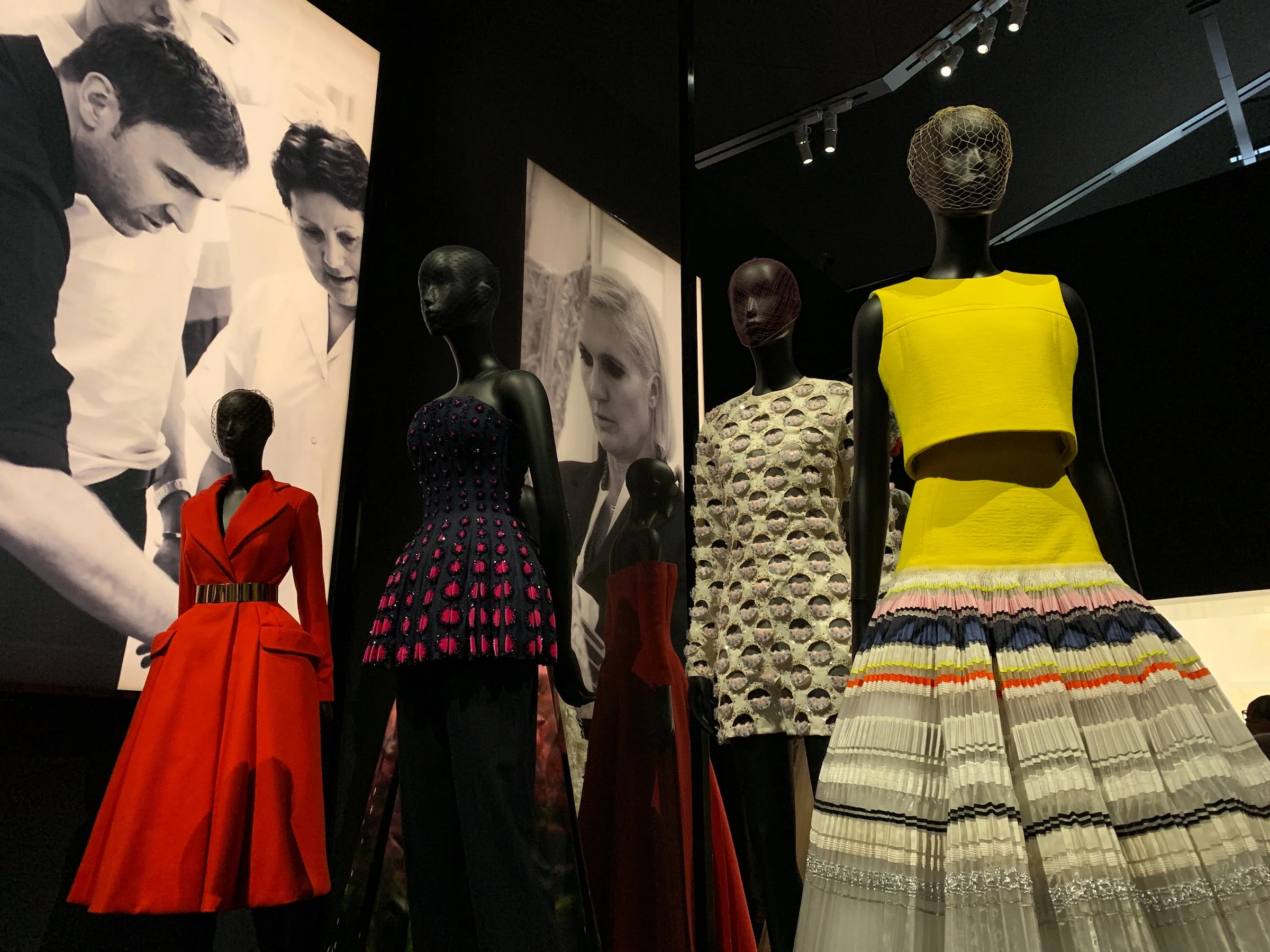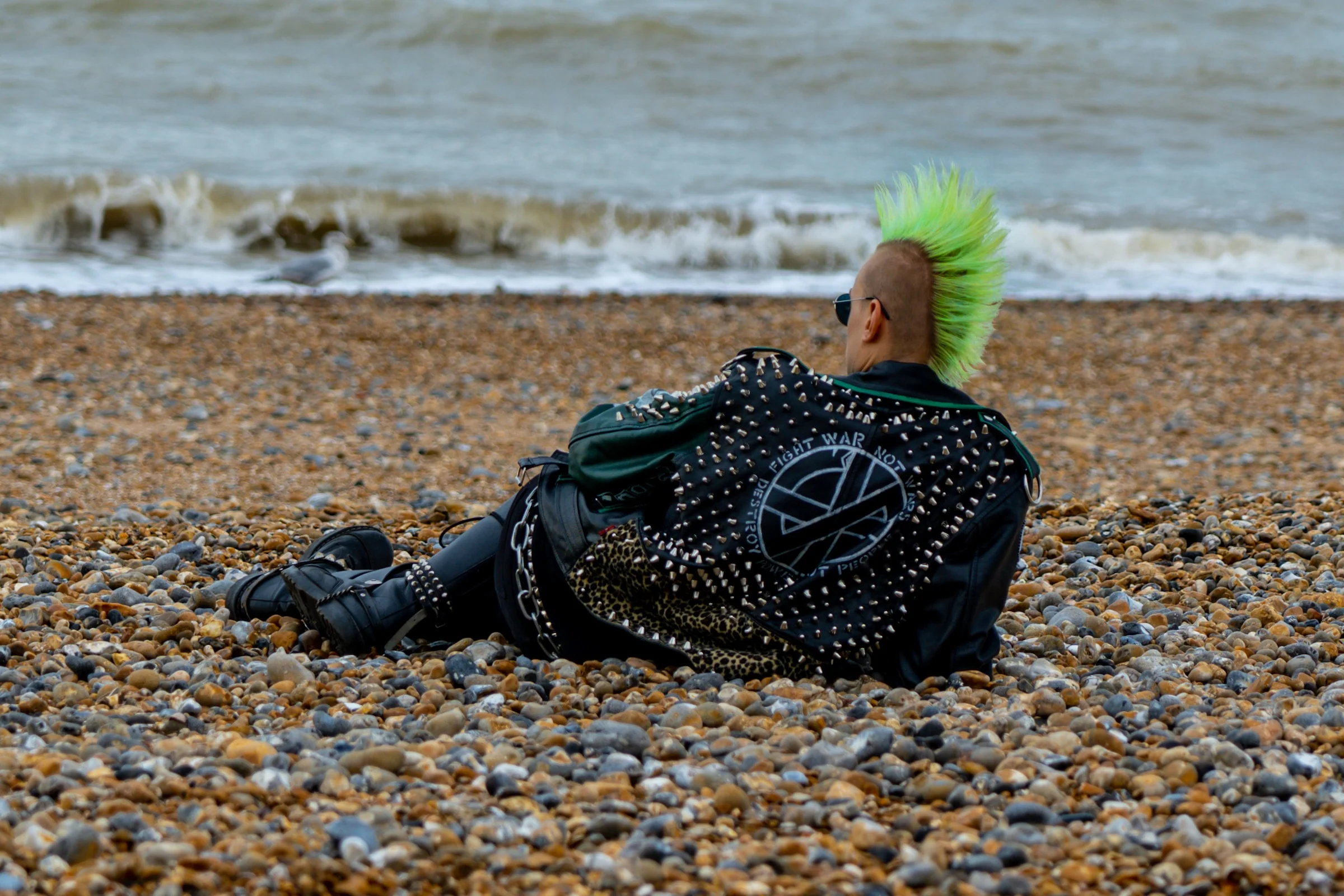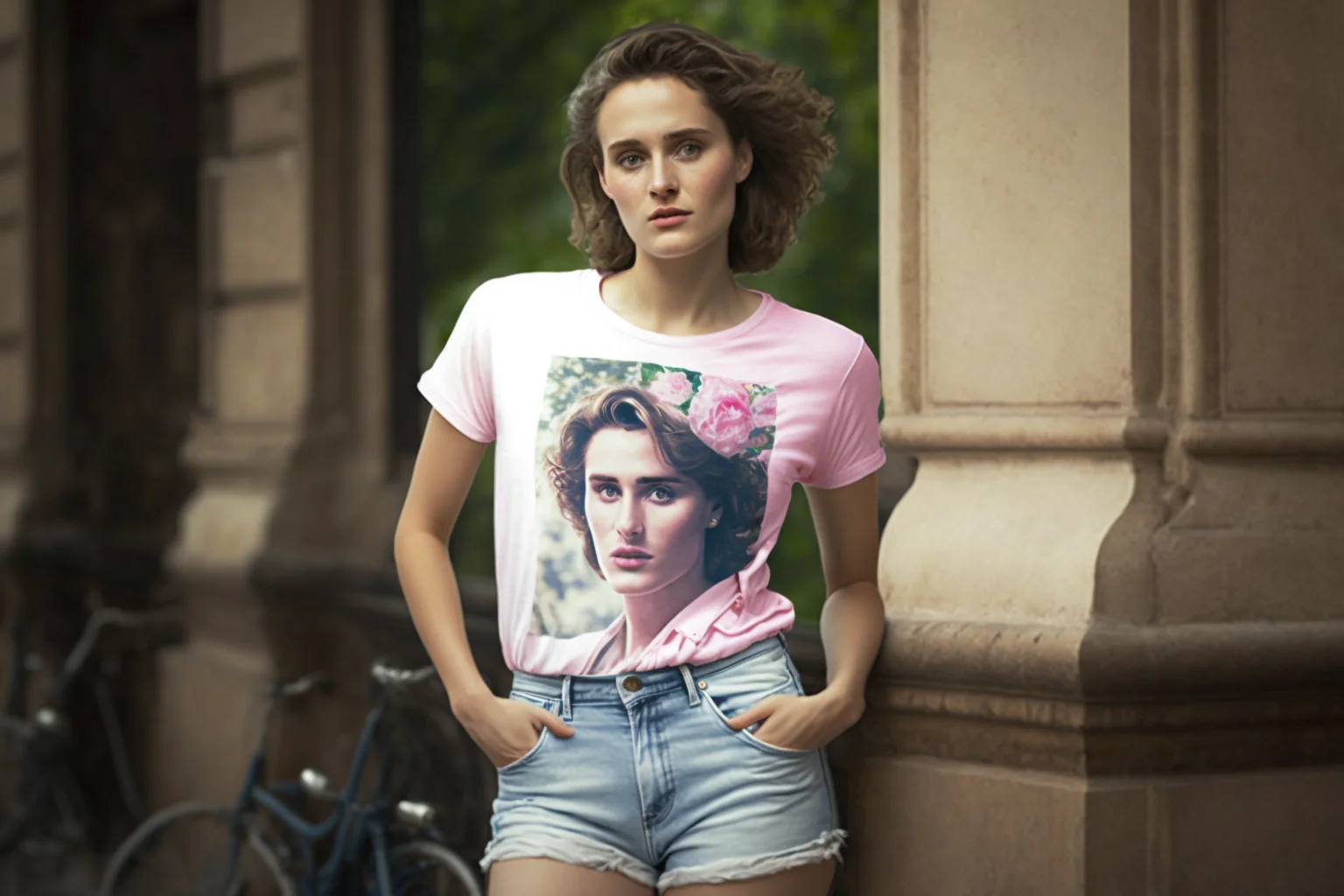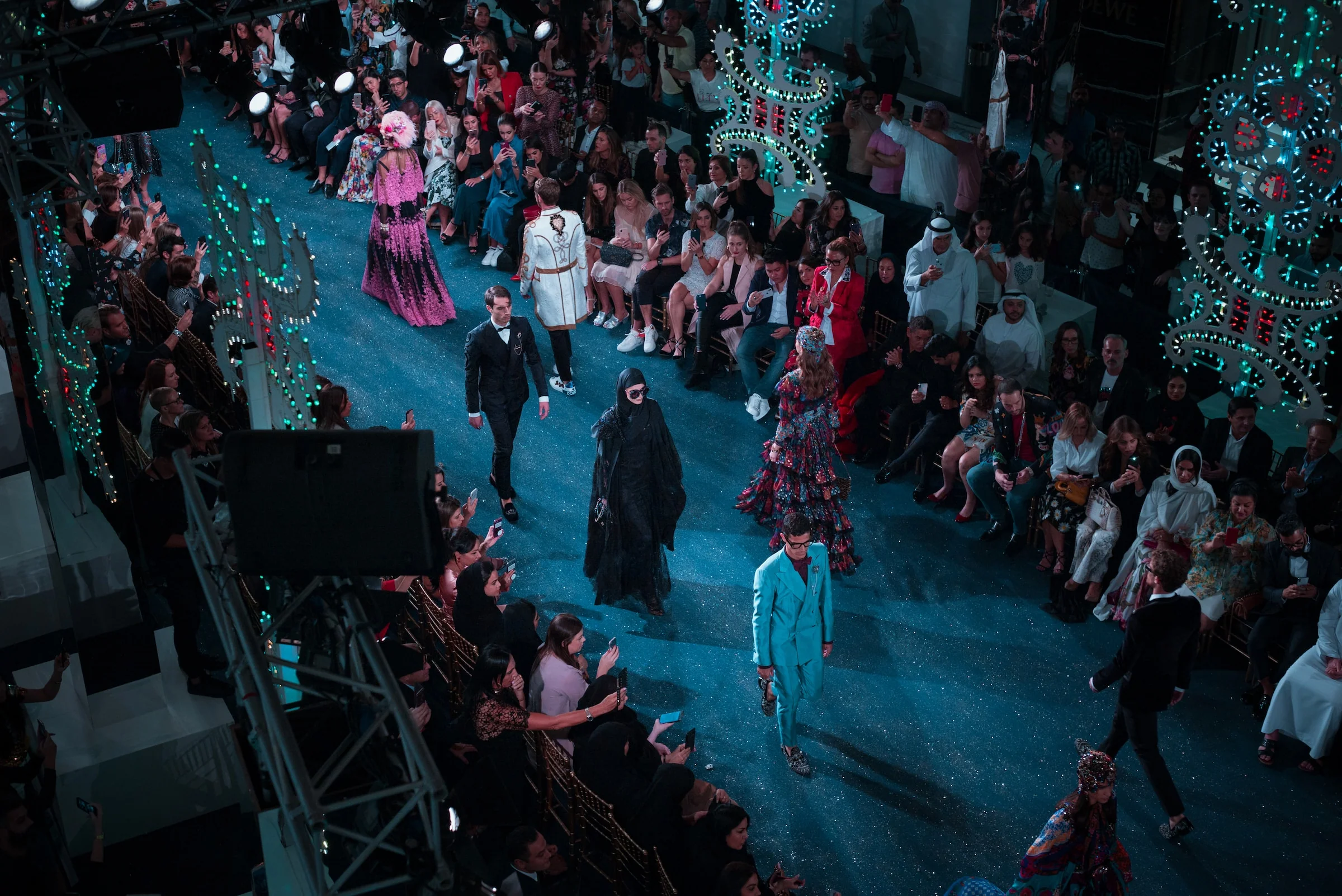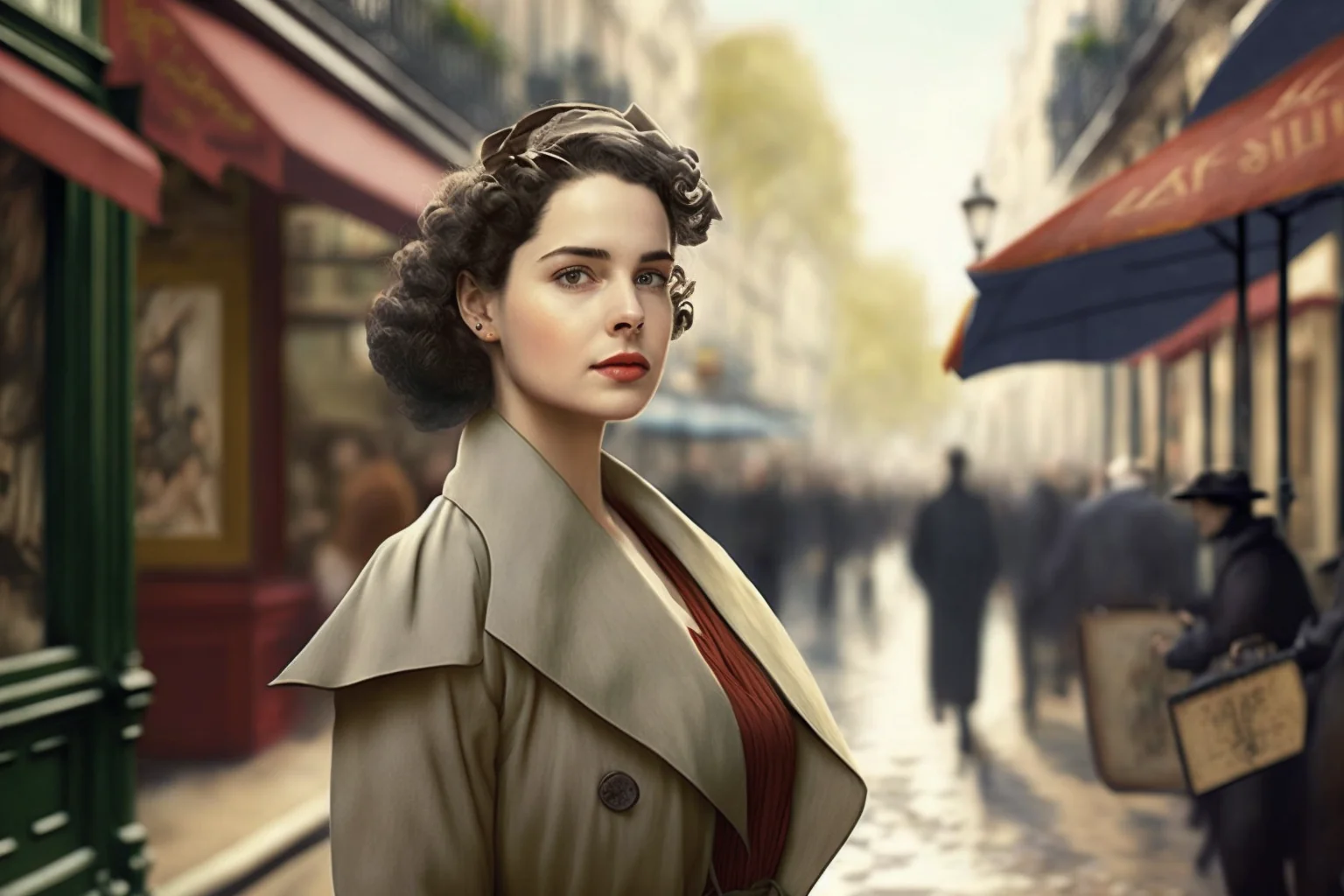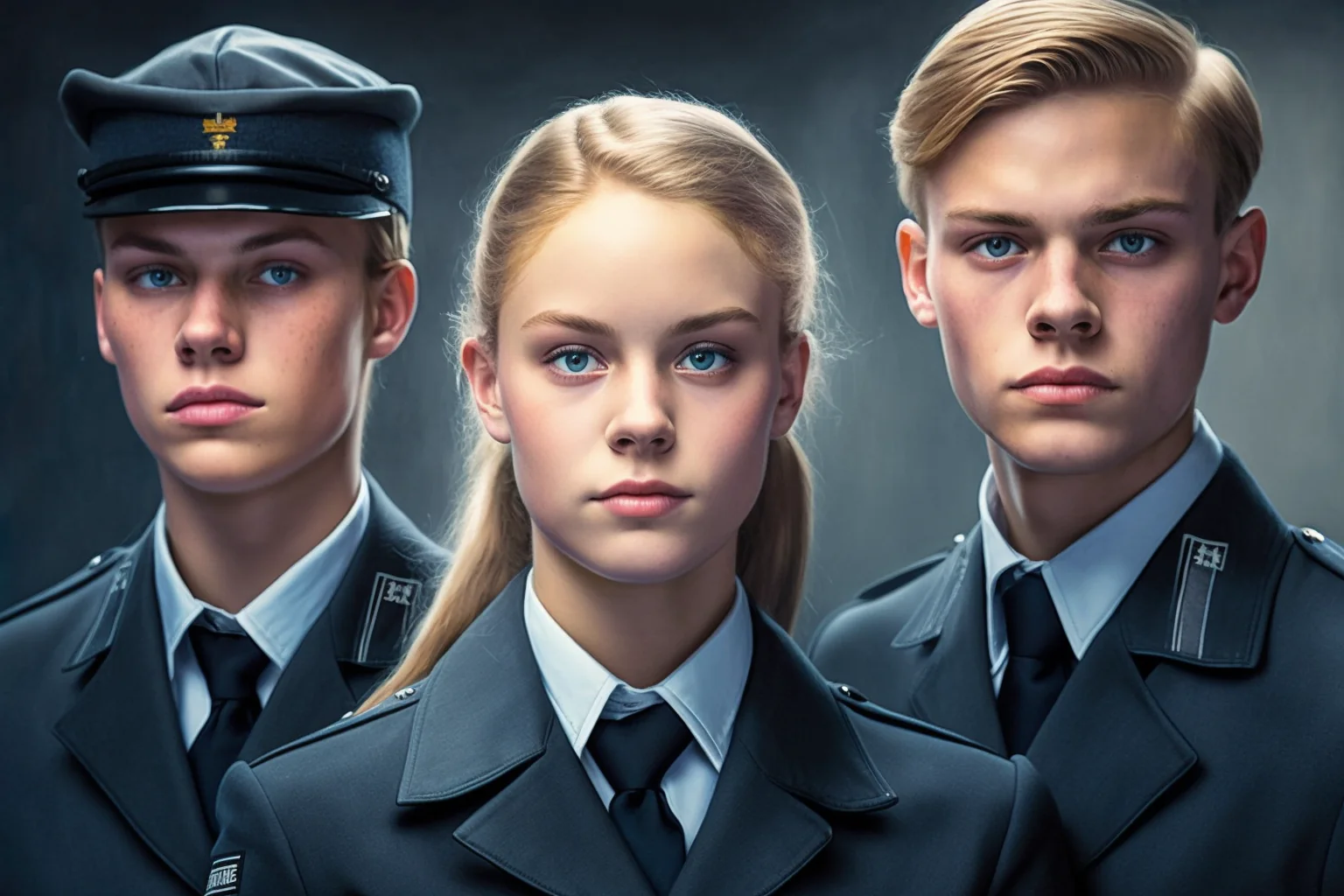When Were Kilts Invented?
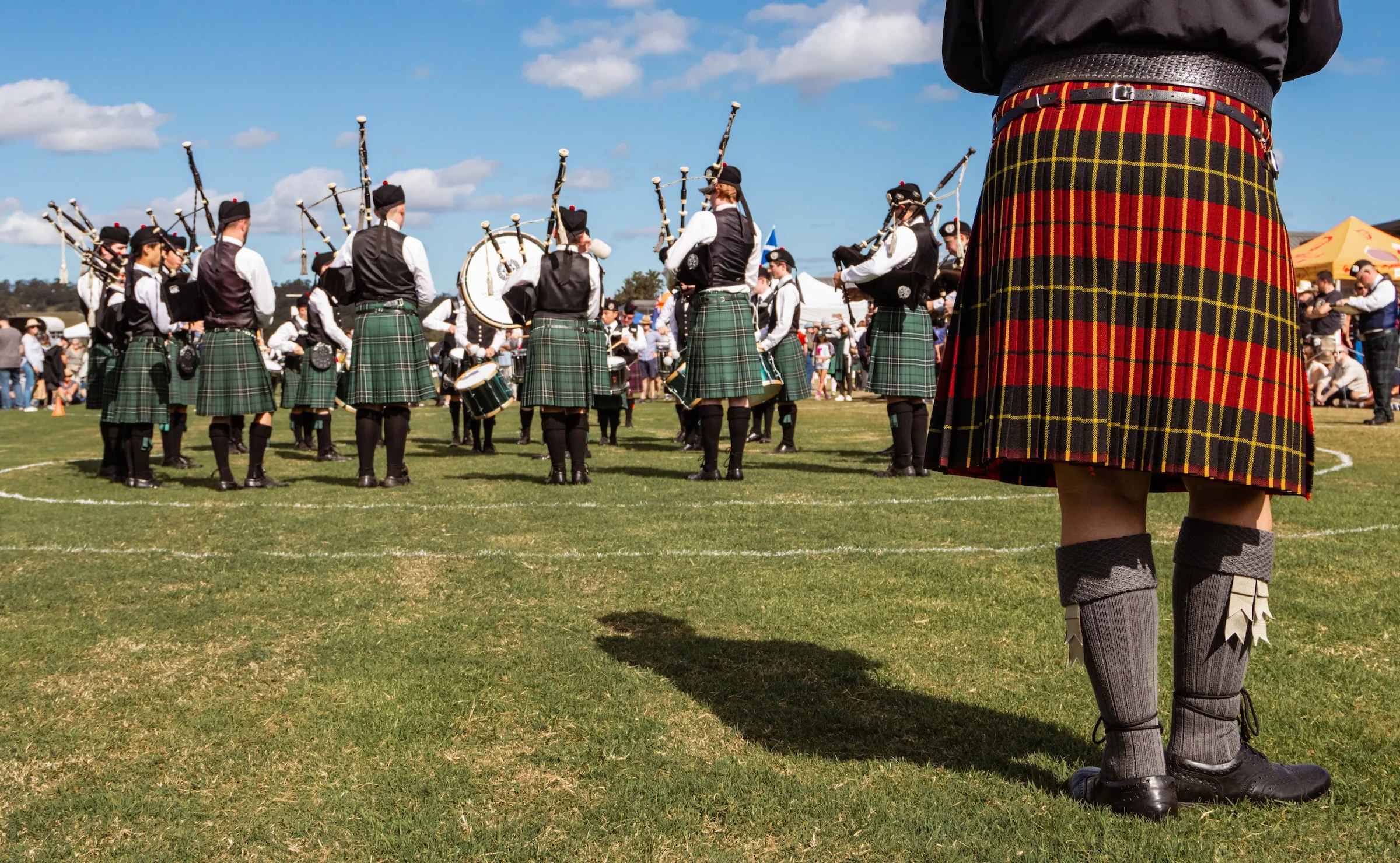
Kilts are a type of garment originating from Scotland and have been worn for centuries. It is believed that the earliest kilts were first developed around the 16th century, with evidence of them being used in Highland regions by then. Kilts quickly became popular among men during this time and gained attention as a stylish piece of clothing for both casual and formal occasions.
A kilt typically consists of a large piece of tartan fabric that is wrapped around the body from the waist to the knee, secured with straps or buckles at the front or side. The skirt may also be pleated on one or both sides depending on preference, giving it its iconic look. Typically made out of wool, some modern-day kilts are crafted out of other fabrics such as cotton and even leather. Many people choose to wear their kilts along with traditional accessories like sporrans (a small pouch usually worn on top) and brooches (ornamental pins).
The unique thing about kilts is that each design has its own meaning behind it – certain colors can symbolize different clans while certain patterns can represent families or even an individual’s achievements in life. This means that every kilt carries its own significance which makes them not only aesthetically pleasing but meaningful too! They can often be customized according to one’s taste; allowing you to add your personal touch to your outfit. With these features combined together, wearing a kilt is sure to make anyone stand out in any crowd no matter where they go!
A Brief History of the Scottish Kilt: Origins and Evolution of the Iconic Highland Garment
The iconic Scottish kilt has been a fashion staple of the Highlands for centuries. Its origins date back to at least the 16th century, with some experts believing it dates even further back into antiquity.
Though its exact origin is uncertain, historians agree that the kilt was an important symbol of Highland culture and identity since ancient times.
The traditional garment consists of multiple panels sewn together in a way that allows for freedom of movement while still providing warmth and comfort during Scotland’s colder months.
The pleated design also makes it highly recognizable from afar, as seen in paintings from this era depicting Highlanders wearing kilts on their adventures through the Scottish countryside.
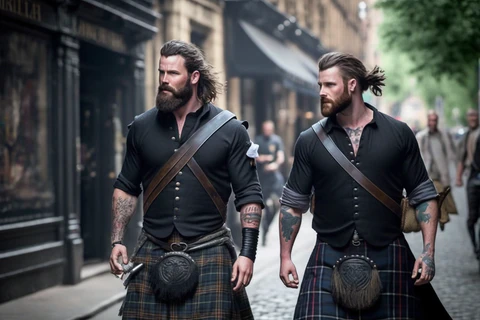
Kilts have evolved over time, with different regional styles becoming popular throughout history including variations in length, fabric type, and color patterning – most notably tartan patterns associated with certain clans or families which are still popular today as a form of visual representation of one’s heritage or roots within Scotland. Today kilts remain an essential part of Highland dress but they can be found across much wider contexts such as formal occasions like weddings or graduations and even more modern-day events like music festivals or sports competitions where you will see individuals proudly donning their own personal take on traditional Highlander attire.
From Tartan to Kilt: The Role of Fabric in the Development of Scottish Dress
Kilts have been a staple of Scottish culture for centuries, but the exact origin of this iconic garment remains shrouded in mystery. While some historians believe kilts were worn as early as the 16th century, it is likely that they evolved from a different piece of traditional clothing: the tartan plaid.
Tartans are woven cloths featuring bright colors and intricate patterns, often associated with specific families or clans in Scotland. They date back to at least the third century CE and were initially used for a variety of garments including cloaks and short robes called léines. During the Middle Ages, tartan became increasingly popular among highlanders who wore them draped around their shoulders or belted at their waists like a kilt. This type of dress was known as ‘fèileadh-mór’ (great wrap) which eventually evolved into today’s modern kilt design by the 18th century.
The evolution of this style was not only driven by fashion trends but also practicality; tartan is incredibly strong and weatherproof which made it an ideal fabric choice when traveling through harsh terrain in search of game or cattle rustling expeditions during raids on rival clans. Its durability has kept it relevant even to this day with many Scots wearing kilts proudly during special occasions such as weddings or Highland Games events around the world.
Dressing the Highlander: How the Kilt Became an Integral Part of Scottish Culture
The kilt is arguably the most iconic garment associated with Scotland, and its popularity has spanned centuries. It is not known exactly when kilts were first invented, but they have been worn by Scots since at least the 16th century. Historians believe that the earliest kilts may have been made of animal skins or wool cloth; however, it wasn’t until the 1700s that they became popular among highlanders in Scotland.
At this time, many highlanders dressed in clothing similar to those worn by their European counterparts; however, as a way to differentiate themselves from other cultures and clans, some began wearing plaid-patterned garments such as tartan kilts which would later become one of the defining characteristics of Scottish culture. The popularity of these items increased throughout Europe during this period due to their association with traditional Scottish culture and heritage.
As time went on and more people began wearing kilts outside of Scotland for formal occasions or just day-to-day life, designers started creating new styles and fabrics for them including tweed and velvet variants. This led to a huge surge in demand for these garments both inside Scotland and around the world which continues today. Today’s modern kilt still retains many features from its historical predecessors such as pleats along either side but has also evolved into much more than just a piece of clothing – it’s now an integral part of Scottish identity and pride.
The Dress Act of 1746 and Victory in 1782: How a Government Ban Helped Define the Scottish Kilt
The kilt is a symbol of Scottish pride and culture, but it was not always this way. The dress act of 1746 changed the landscape for Scots everywhere. This law, which was passed by the English government, prohibited anyone in Scotland from wearing any tartan or other traditional clothing that represented their clan affiliations. At the time, these forms of identification were seen as threats to the established order and power structure.
Despite its oppressive nature, this law had an unintended consequence: it helped define what we now recognize as modern-day kilts.
As Scots began to look for ways around the ban on their traditional clothing, they began creating new garments that used pleats instead of tartan patterns to create distinct designs without breaking any laws.
These garments became known as “small kilt” or “philabeg,” which eventually evolved into what we know today as kilts – pleated skirts with no tartan patterning whatsoever.
In addition to giving us a more uniform idea of what a kilt looks like today, this period also marked a turning point in Scottish history.
In 1782 England lifted its ban on wearing traditional Highland dress during victory celebrations after British forces won at Yorktown against American forces in America’s War for Independence – marking an important step forward for Scottish freedom and identity both within Britain and abroad.
The Small Kilt: How Rawlinson and his Invention Revolutionized Scottish Dress
The small kilt, a garment first popularized by Thomas Rawlinson in 1727, has since become an iconic staple of Scottish dress. Initially designed as a more practical and comfortable alternative to the traditional belted plaid, it revolutionized Highland fashion with its simple yet stylish form. The kilts were made from tartan cloth which was gathered into pleats at the waistband and held together with leather straps or buckles. This provided greater freedom of movement than was possible with the heavier woolen fabrics used for other garments such as the great kilt.
Rawlinson’s invention quickly caught on amongst Scots living in both urban and rural areas alike due to its convenience and relative affordability compared to more elaborate traditional garments like those worn by noblemen or clan chiefs. By the mid-eighteenth century, many Highlanders had adopted some variation of Rawlinson’s design – often tailored specifically to fit their individual body shape – while still maintaining elements of their own cultural identity through their choice of tartan pattern or clan badge motifs that were incorporated into each piece.
This blend of modernity and tradition proved immensely popular throughout Scotland during this period; indeed, even today there is no denying that Kilts remain synonymous with all things Scottish culture.
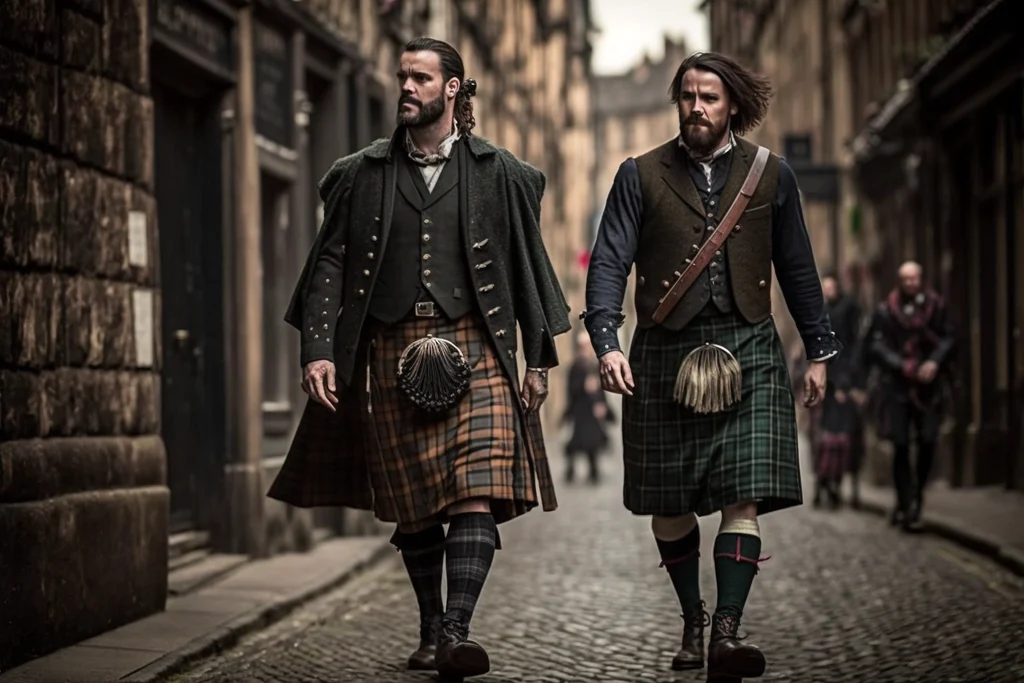
The Modern Kilt: A Look at How the Traditional Scottish Kilt Continues to Evolve
The modern kilt is a contemporary take on the traditional Scottish garment. While kilts were invented centuries ago, they continue to evolve with the times, taking on new designs and materials that make them more fashionable than ever before. With fabrics ranging from lightweight wool to tartan tweed and denim, there are now many options for those who want to express their cultural heritage through clothing while still looking stylish.
Kilts today come in a variety of shapes and sizes, allowing wearers to choose between full-length or mini versions depending on their personal preference. Accessories like sporrans–leather pouches traditionally worn at the waist–are also popular additions that can help customize any outfit. For those seeking an even bolder look, some companies offer customization services where you can design your own unique kilt pattern using special software tools or have custom embroidery added directly onto the fabric itself.
One thing remains unchanged: no matter what type of kilt you choose to wear, it will always be an iconic symbol of Scotland’s rich history and culture that continues to live on throughout generations worldwide. Whether it’s a formal occasion or simply a day out with friends, wearing this timeless piece of apparel allows individuals everywhere to honor their roots while staying fashionably relevant in today’s world.
Types of Kilts: From Traditional to Contemporary, the Many Styles of This Iconic Scottish Garment
The traditional kilt, made from heavy wool tartan fabric, has been around since the 16th century. It is a knee-length garment that consists of several yards of pleated material that hangs down to mid-calf length.
From formal occasions such as weddings or black tie events to everyday wear like jeans or shorts, modern kilts come in a variety of fabrics and styles including leather, denim, tweed, camouflage-patterned cotton, and even faux fur-lined tartans. For those looking for something more unique, there are also custom-made kilts crafted from vintage tartan fabric which adds an air of sophistication to any outfit. For active lifestyles, there are sporty versions featuring adjustable straps for comfort during movement along with breathable materials that keep you cool while running errands or playing sports outdoors.
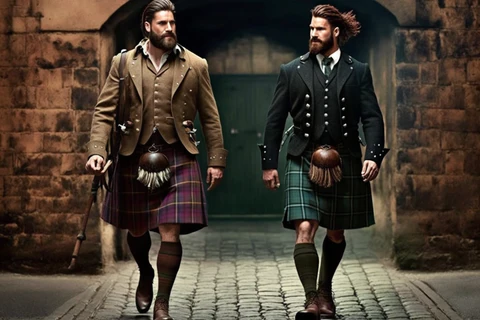
Whether you’re looking for something classic or contemporary – whatever your style may be – there is sure to be a type of kilt out there perfect just for you.
From plaids to solids; neutrals to bold colors; casual streetwear looks or dressier options: no matter what look you’re going for these versatile garments can add instant flair without sacrificing comfortability all day long!
Conclusion
Well, folks, that’s the history of the kilt in a nutshell! It’s a fascinating story of Scottish heritage and traditions that goes back centuries. The kilt as we know it today was first worn in the Scottish highlands in the first quarter of the eighteenth century, and it quickly became the national dress of Scotland. Originally worn as a cloak draped over the shoulder, the kilt evolved over time into the tailored kilt we all recognize today. Scottish soldiers began to wear the kilt in the late eighteenth century, and it was adopted as the military kilt of the highland regiments of the British army in 1822 by King George IV. Today, the kilt is an emblem of Scottish culture and is worn by many as an authentic symbol of Scottish heritage. Thanks to the efforts of the Highland Society of London and the Scottish Tartans Authority, we now have a guide to authentic Scottish kilts and tartan designs. So whether you’re a Jacobite or just a fan of Scottish garb, the kilt is a beloved and iconic piece of clothing that fits men inured to the harshest of Scottish weather.
Common Questions
When did kilts first come about in Scottish traditions?
Kilts have been worn in Scotland for centuries, with the first instance of a kilt-like garment dating back to the 16th century. However, it wasn’t until the 18th century that the kilt was adopted as a national Scottish dress.
Who designed the first kilt, and how did it become a part of Scottish culture?
The credit for designing the kilt goes to the Scottish highlanders, who used to work in the Lochcarron of Scotland. The kilt was originally a full-length garment, but it eventually evolved into a shorter, more practical version known as the little kilt. The upper half could be worn as a cloak, while the lower half of the belted plaid was draped around the waist.
Was the kilt always a part of Scottish national dress?
No, it wasn’t. In fact, the kilt was banned in 1746 when the Diskilting Act was repealed. It wasn’t until the 19th century that the kilt was once again adopted by the Highlanders and became one of the most recognizable items of Highland dress.
Why do men wear kilts, and how do they wear them?
Men wear kilts as a symbol of Scottish national identity and pride. The kilt is typically belted at the waist, and the width of the cloth used varies depending on the occasion. Kilts are usually worn to formal events such as weddings and ceilidhs, but they can also be worn casually. The lower half of the belted plaid is folded and draped over the shoulder, while the upper half is worn as a sort of skirt around the waist. It’s important to note that the kilt continued to be worn even after it became no longer ordinary Highland wear. The kilt came about as a natural evolution of Scottish traditions, and it remains an important part of Scottish culture to this day.





